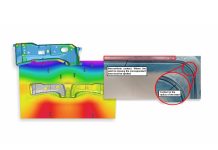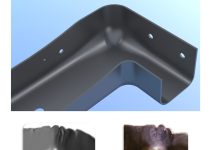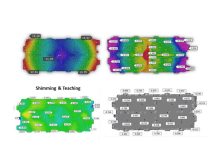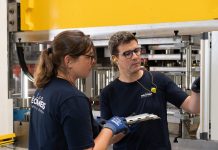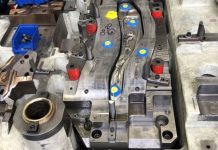Introduction
The hot forming process has advanced significantly at all levels over the past three decades. We recently discussed the evolution of hot forming with BATZ, a Tier 1 supplier manufacturing components for major automotive industry players. This discussion explored various aspects of the process and their evolution toward improved accuracy, faster timelines, and greater overall efficiency.
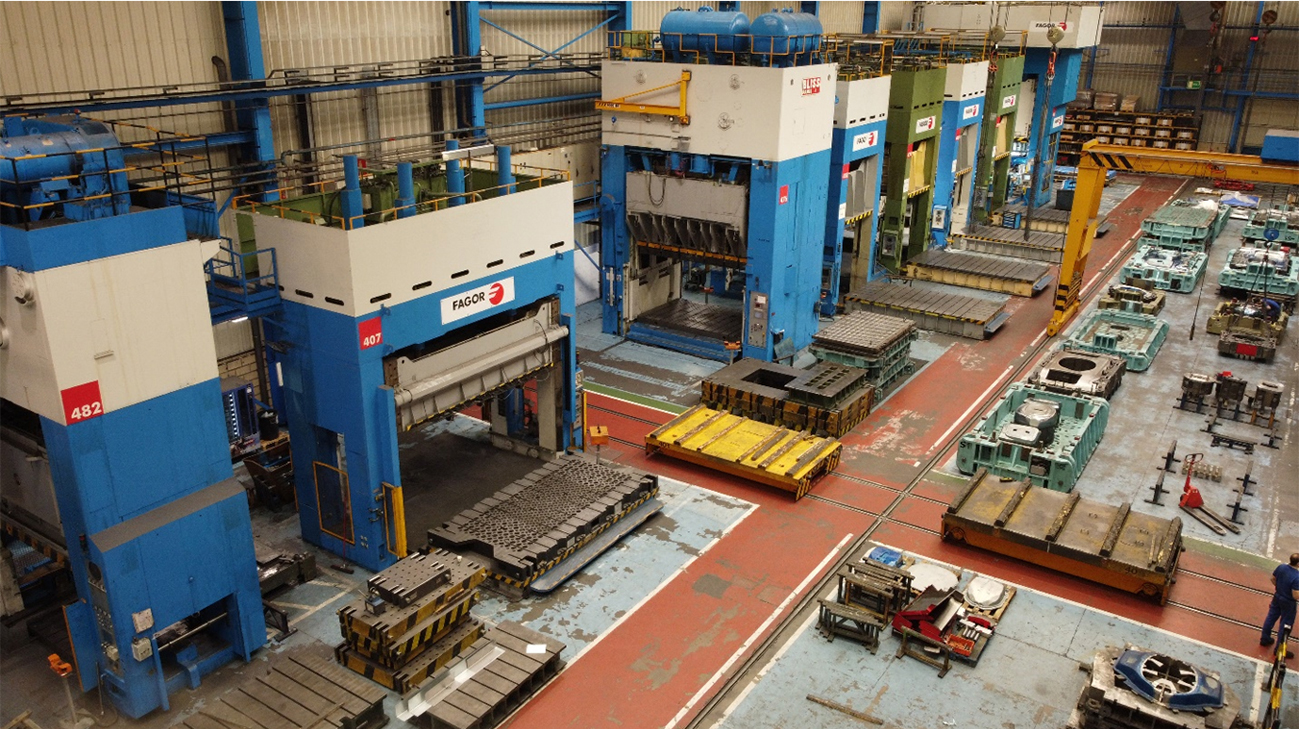
Fig. 1: BATZ Group Plant
BATZ Group: A Powerhouse in the Automotive Industry
The BATZ Group is a prominent name in the automotive industry. Its sub-brand, BATZ Tooling, serves clients like BMW, Ford, JLR, Volvo, and Gestamp by manufacturing inner and outer panels using cold stamping and hot forming techniques. They also produce reinforcements from aluminum and steels ranging from medium to ultra-high yield strength, as well as various outer skin components.
BATZ works with modern and traditional materials, such as boron steel and advanced generations of aluminum, offering comprehensive services from conceptual design to implementation at customer sites. Beyond automotive, they develop parts for aerospace and renewable energy sectors. Founded in 1963, BATZ has experienced the transformation of hot forming firsthand, making them highly qualified to discuss the industry’s evolution. In this article, we will address:
- Evolution of Tool Design and Stamping
- Changes in Expectations from a Stamping Engineer
- Enhancements in Tools and Presses
- Tryout Process
- Bidding for Jobs
- Time and Cost Savings
Evolution of Tool Design and Stamping: Then vs. Now
Past
Tool design and stamping processes have undergone a complete transformation in their execution. Thirty years ago, these processes were entirely manual, with engineers creating tooling designs and stamping processes on large drafting boards, relying heavily on their expertise and craftsmanship. Early adoption of 2D CAD allowed digital modifications but still required manual adjustments during tryout phases.
Present
Today, BATZ employees use cutting-edge 3D CAD software for solid and surface modeling, alongside Finite Element Analysis (FEA) simulations. This significantly reduces the need for manual adjustments. Engineers now focus on optimizing die geometries through precise CAE results, ensuring greater accuracy and consistency in manufacturing.
Machine quality has greatly improved with the advent of high-speed machining centers, enabling more accurate and precise finishes. Safety measures have also become a higher priority, resulting in enhanced workplace safety.
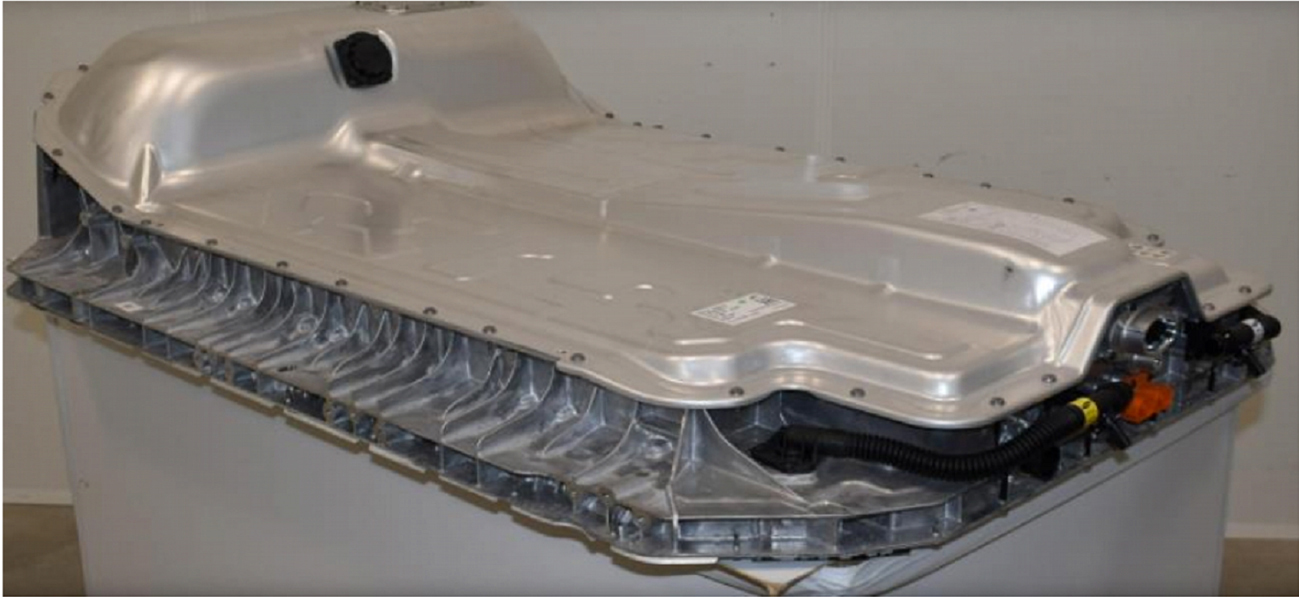
Fig. 2: Battery Cover
Expectations from Stamping Engineers: Then vs. Now
Past
Stamping engineers were primarily responsible for creating detailed hand-drawn blueprints, managing trial-and-error adjustments, and ensuring die functionality through skilled craftsmanship based on extensive experience.
Present
Technological advancements have shifted expectations for stamping engineers, placing greater emphasis on simulation to ensure accuracy and reliability. Customers now demand higher precision, requiring more detailed simulation parameters.
Advanced CAD and CAE results are significantly more robust. Engineers can define tighter clearances, precise laydowns, and optimized springback compensations. Enhanced collaboration between engineers and fitters ensures accurate implementation of CAE-supported modifications. There is an improved safety margin concerning thinning and springback, with joint teams addressing issues such as marbling, tightening, and elastic compensation.
Enhancements in Tools and Presses: Then vs. Now
Past
Early tooling and stamping presses lacked precision and safety features, necessitating manual fitting and finishing due to less refined machining processes.
Present
Today’s tools and presses are significantly more advanced, allowing BATZ to achieve greater precision and enhanced safety. High-speed 5-axis machining centers deliver ultra-precise die finishes. BATZ has invested in cutting-edge hot-stamping technology, including specialized presses and furnaces, facilitating improved material handling and formability.
The Tryout Process: Then vs. Now
Past
In the absence of simulation software, the tryout process relied heavily on manual craftsmanship and experience to fine-tune dies. Techniques such as marbling, polishing, and fitting required expert solutions, along with addressing defects like splitting, wrinkling, and springback.
Achieving final tolerances typically required several iterations, occasionally necessitating complete re-engineering of parts and tools, leading to longer lead times and higher costs. Project timelines were often extended to ensure satisfactory quality of both tool and part.
Present
The tryout process has evolved into a more data-driven approach. Engineers closely simulate processes using advanced material cards and finite element analyses. The availability of high-speed machining centers and sophisticated measurement tools helps replicate simulation conditions in the workshop with greater accuracy. As a result, the outcomes align more closely with the simulation results, reducing the need for manual modifications, although some manual compensation remains necessary.
Bidding for Jobs: Then vs. Now
Past
Bidding for jobs in the 1990s and 2000s relied primarily on rough feasibility assessments based on experience. Manufacturing facilities occasionally exceeded estimated costs and timelines due to limited predictive capabilities and extensive manual adjustments.
Present
With advanced simulation software, BATZ can predict costs and timelines with greater accuracy. Customers now request initial pre-range process simulations and preliminary part feasibility studies. The bidding process has become significantly more transparent and reliable, with BATZ consistently meeting agreed-upon timelines, material efficiency, and budgets, providing a competitive advantage.
Time and Cost Savings: Then vs. Now
Past
The die-making process was time-consuming and labor-intensive due to extensive manual fitting and adjustments. Additionally, less refined machining and stamping processes resulted in higher costs.
Present
Advanced technology has significantly reduced die manufacturing times, resulting in substantial cost savings. Automated machining, improved simulation accuracy, and data-driven adjustments have optimized workflow efficiency and minimized waste.
Risks of Falling Behind in the Industry
Companies falling behind face inefficiencies, increased costs, and diminished competitiveness. Failing to invest in simulation software, automation, and high-speed machining can result in lower-quality dies, extended production times and higher error rates.
To remain competitive in a dynamic industry, BATZ has made significant investments in:
- High-speed 5-axis machining centers
- The latest CAD, CAM, and CAE software solutions
- Advanced hot-stamping technology, including presses and furnaces
- Automated laser die surface hardening and 3D laser cutting
- Automated part measurement using photometry
- Solar energy generation for enhanced sustainability
These investments have reduced lead times, enhanced precision, and streamlined operations, providing BATZ with a competitive advantage in the tooling and stamping industry. The company now offers more competitive quotes to OEMs while consistently delivering high-quality products on time.
Conclusion
BATZ remains at the forefront of stamping technology by embracing the latest advancements in CAD, CAM, CAE, machining, and simulation. Their expertise guarantees high-quality, cost-effective die manufacturing, reinforced by their commitment to sustainability through solar energy and environmentally friendly processes.



